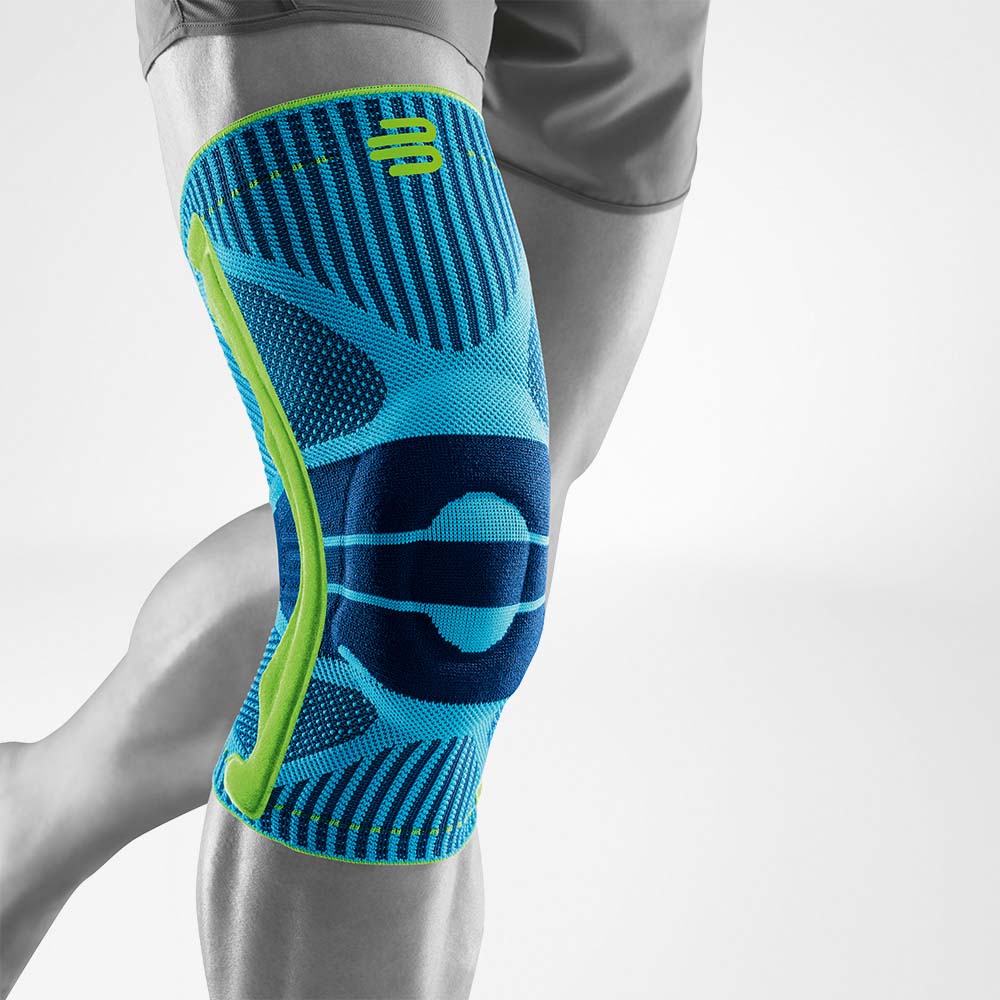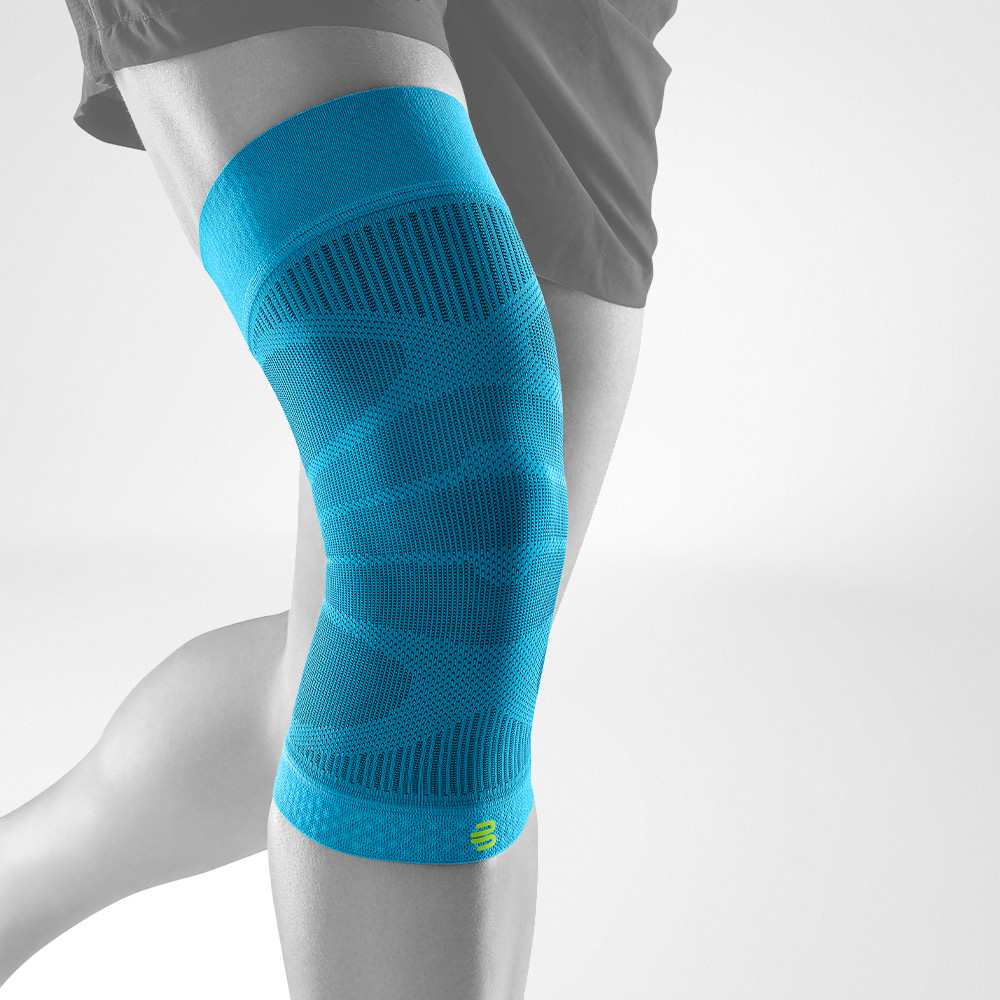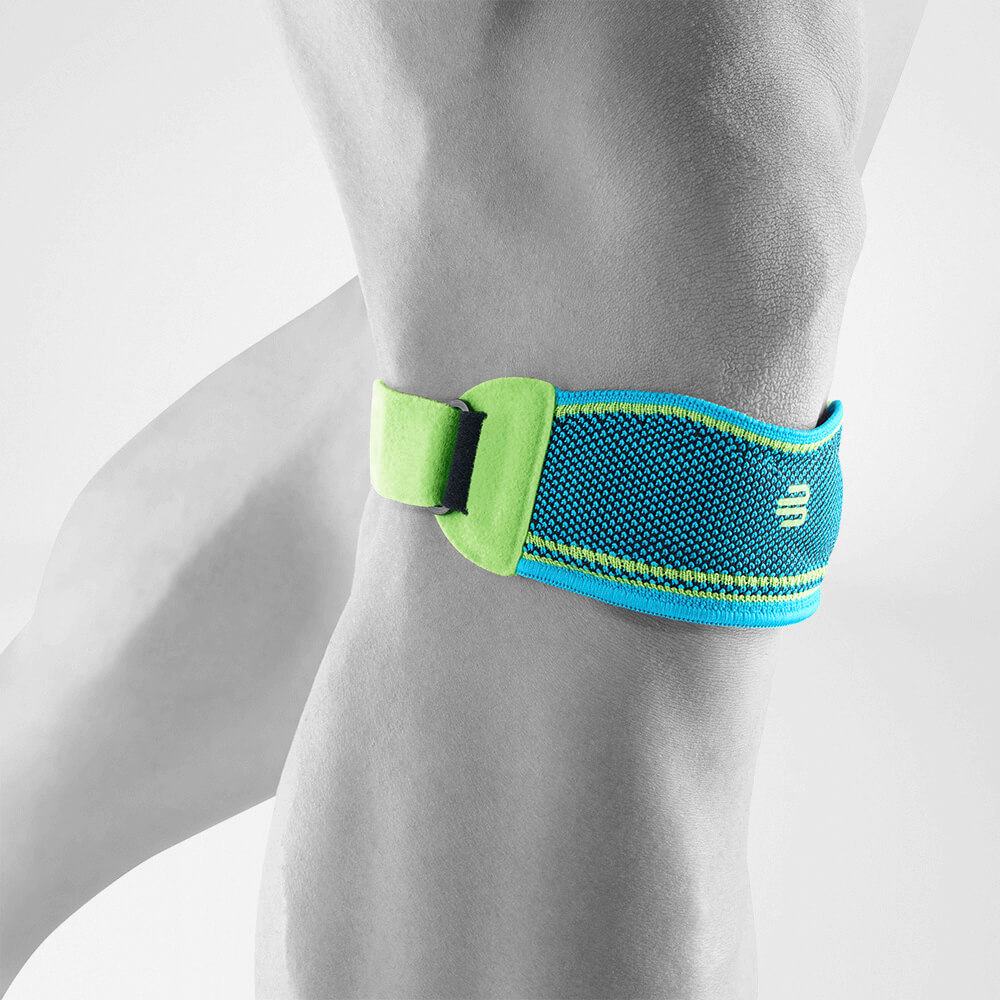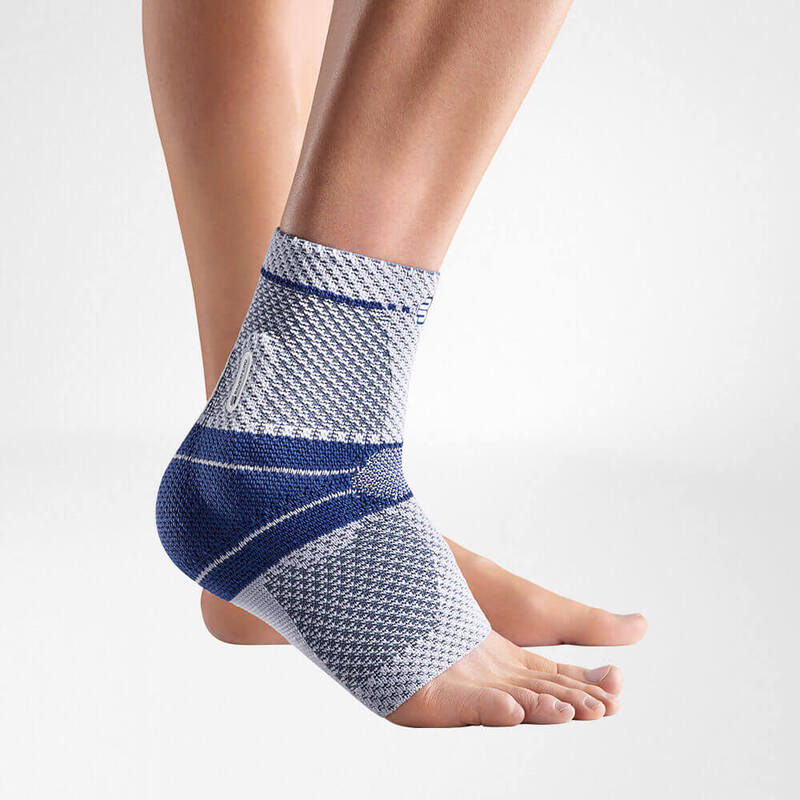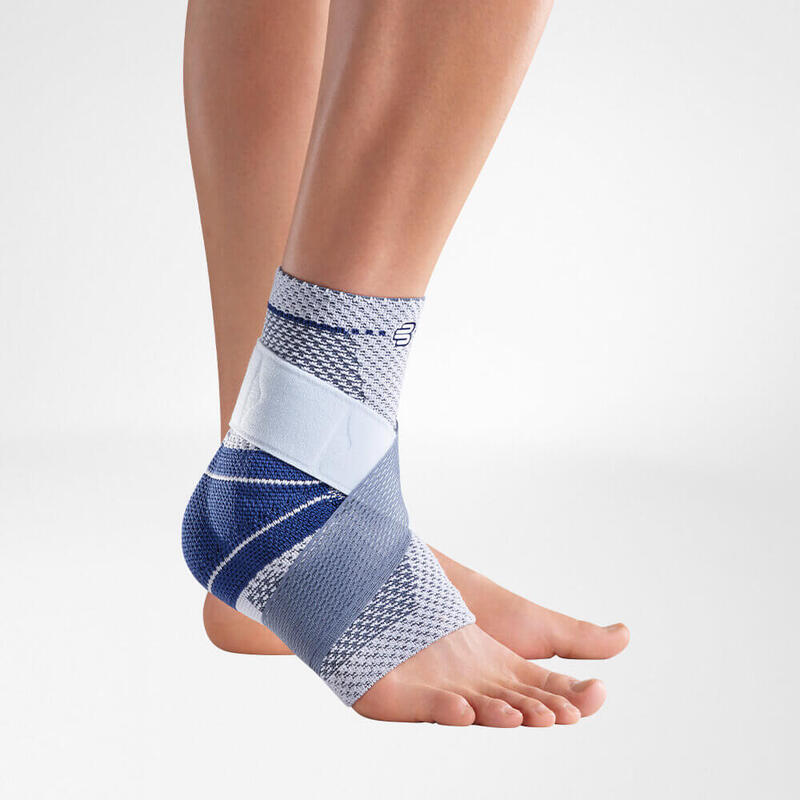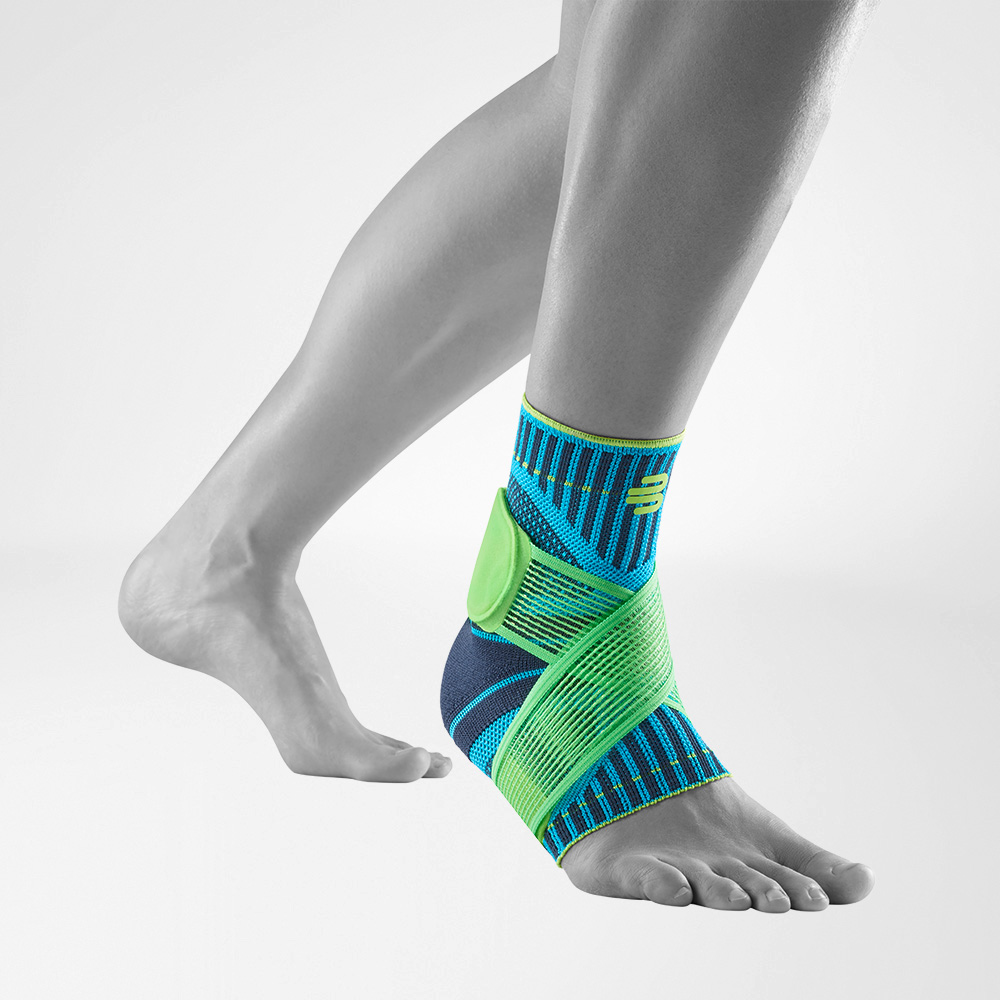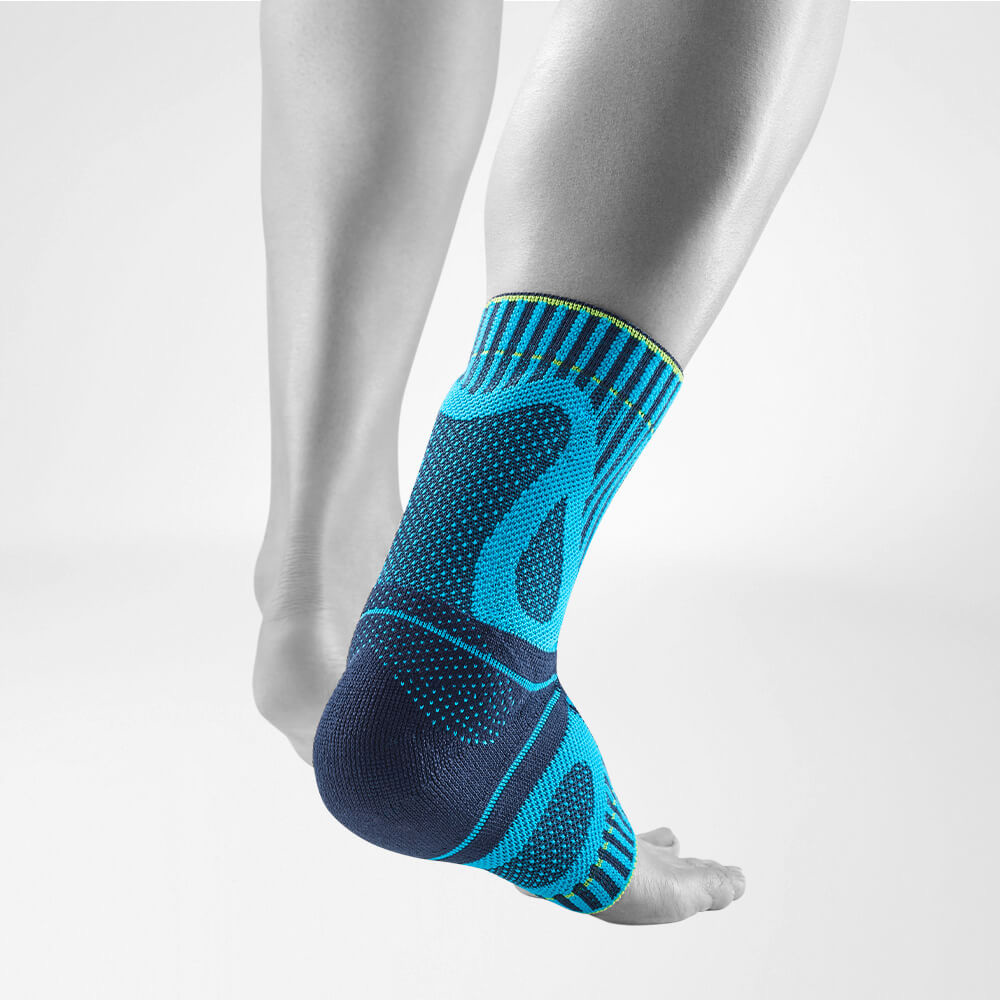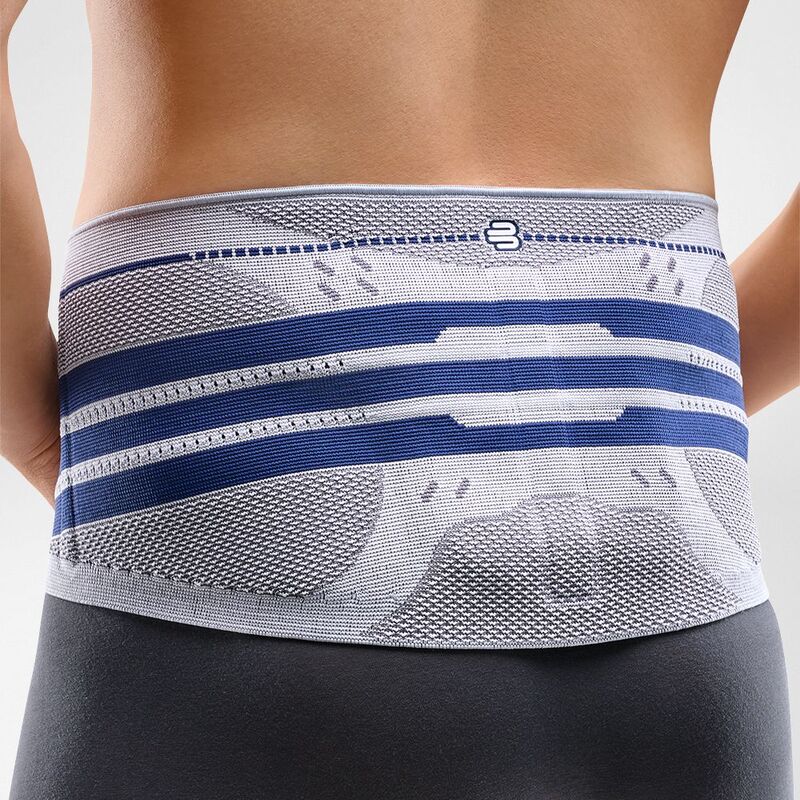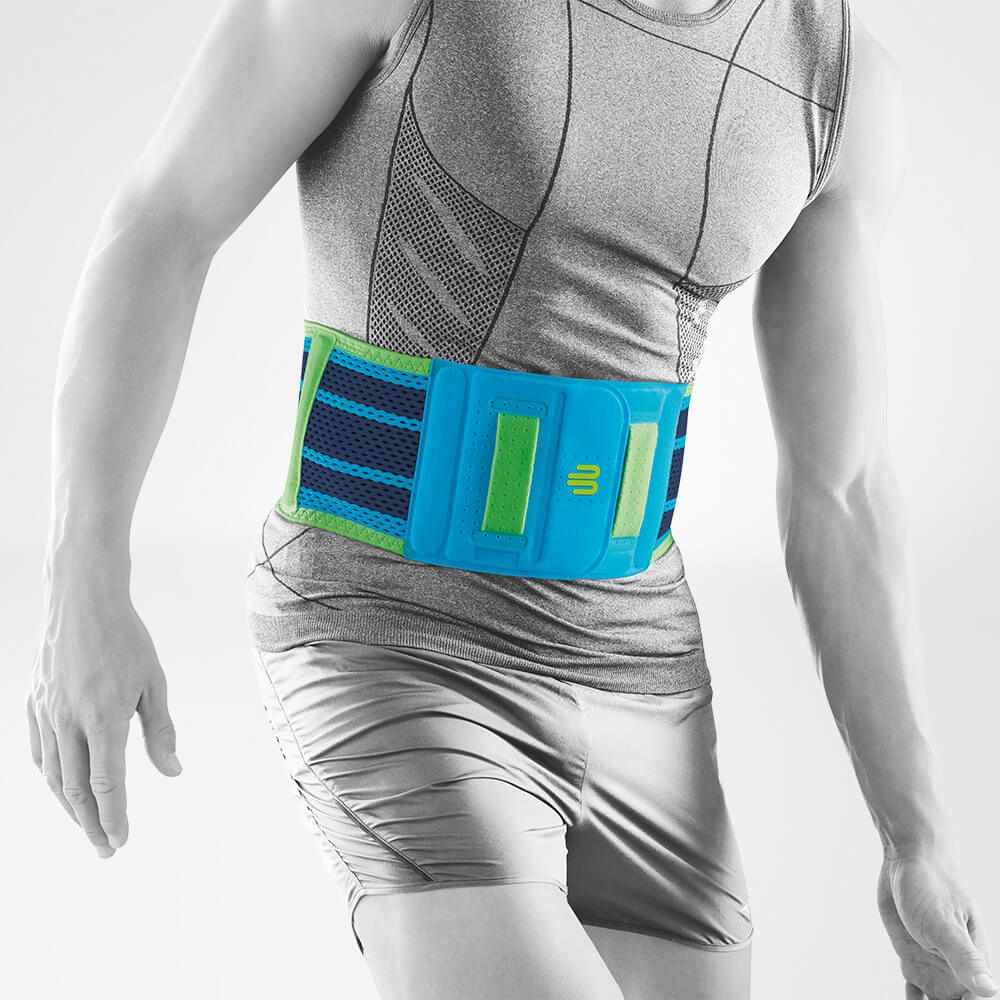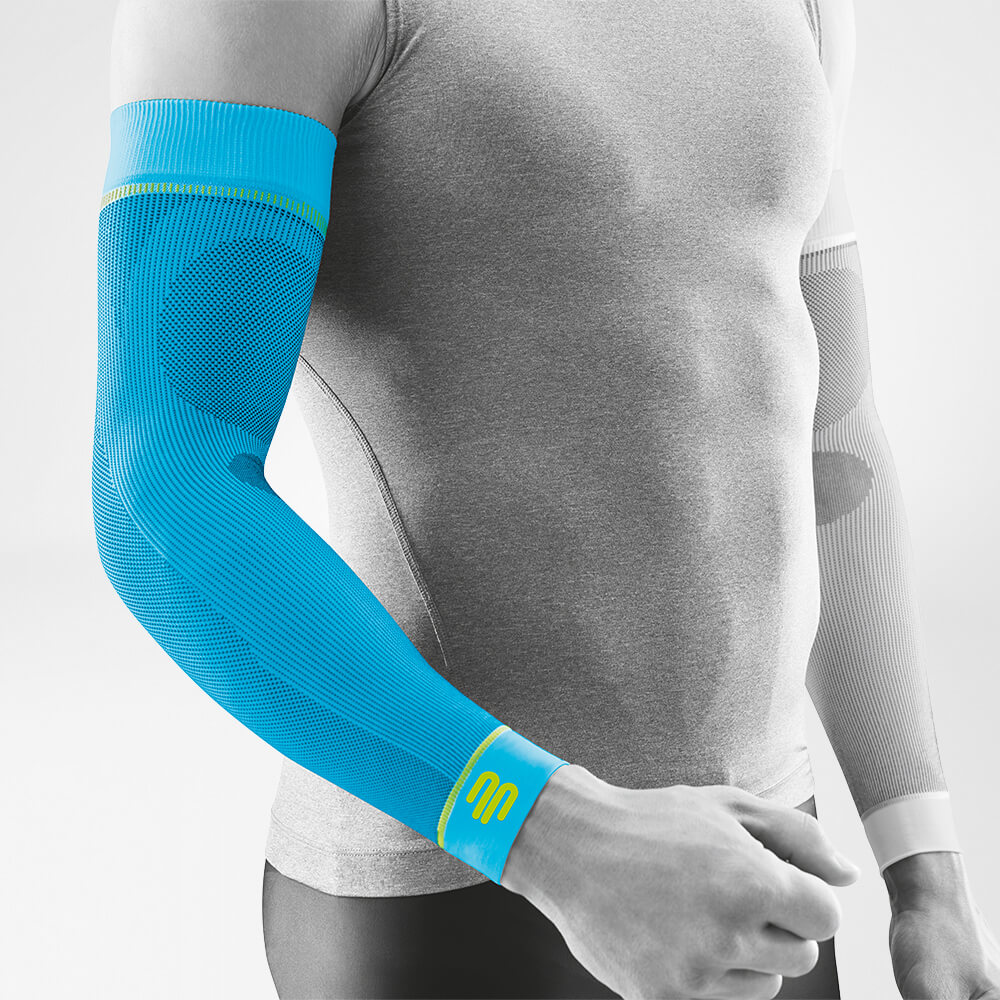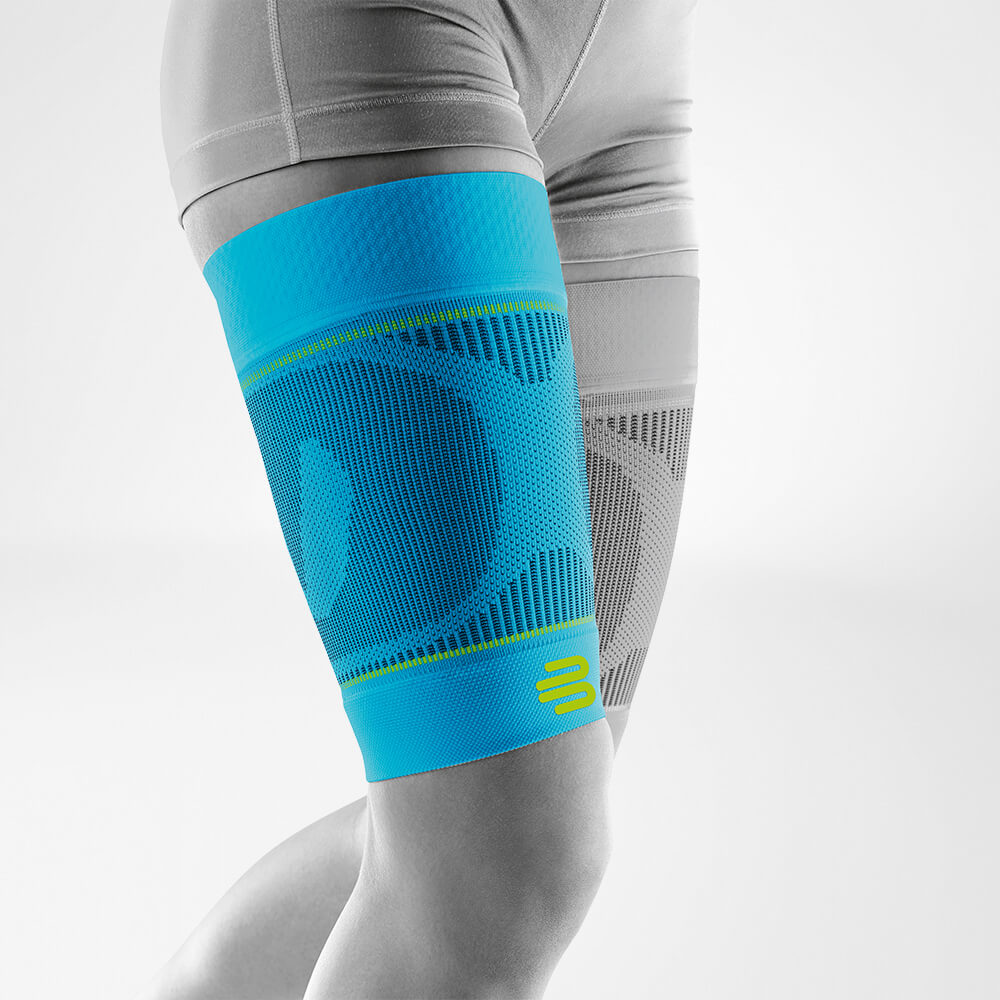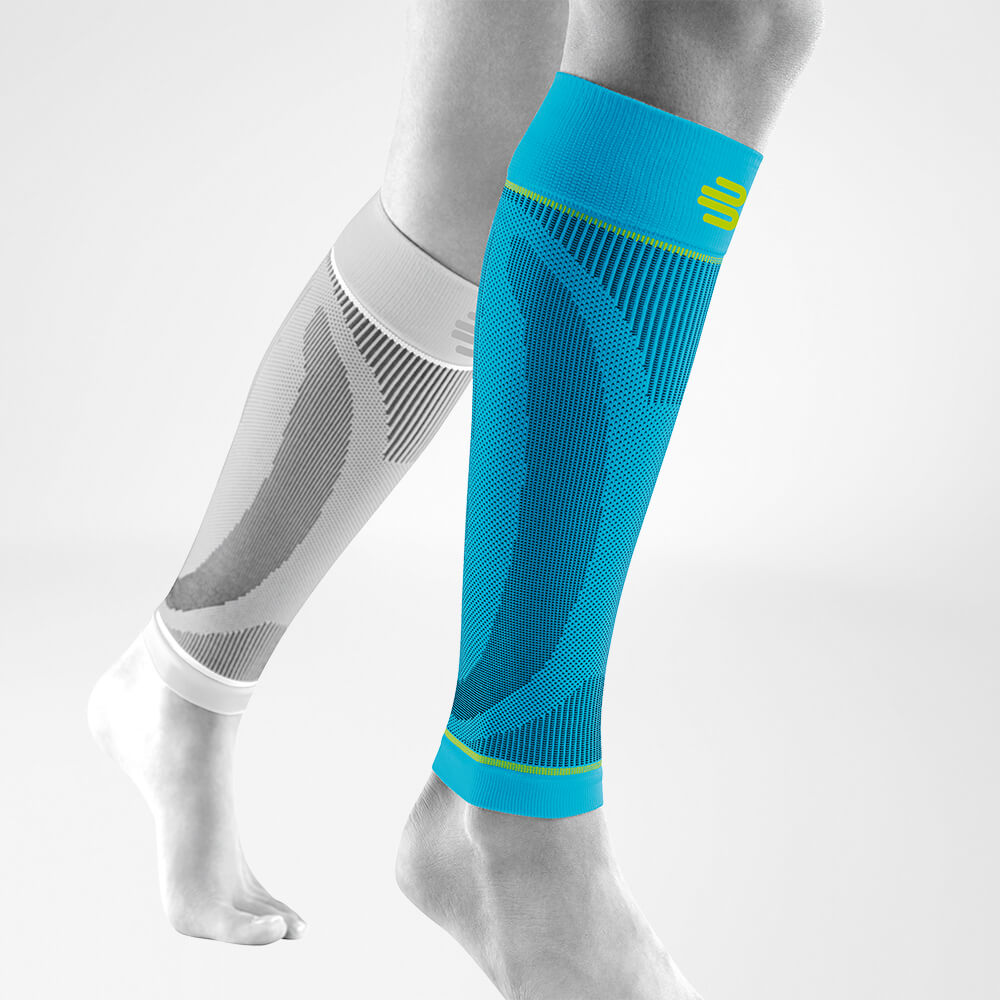Braces and Supports for Soccer
Enhanced joint support and relief to improve your performance on the pitch.
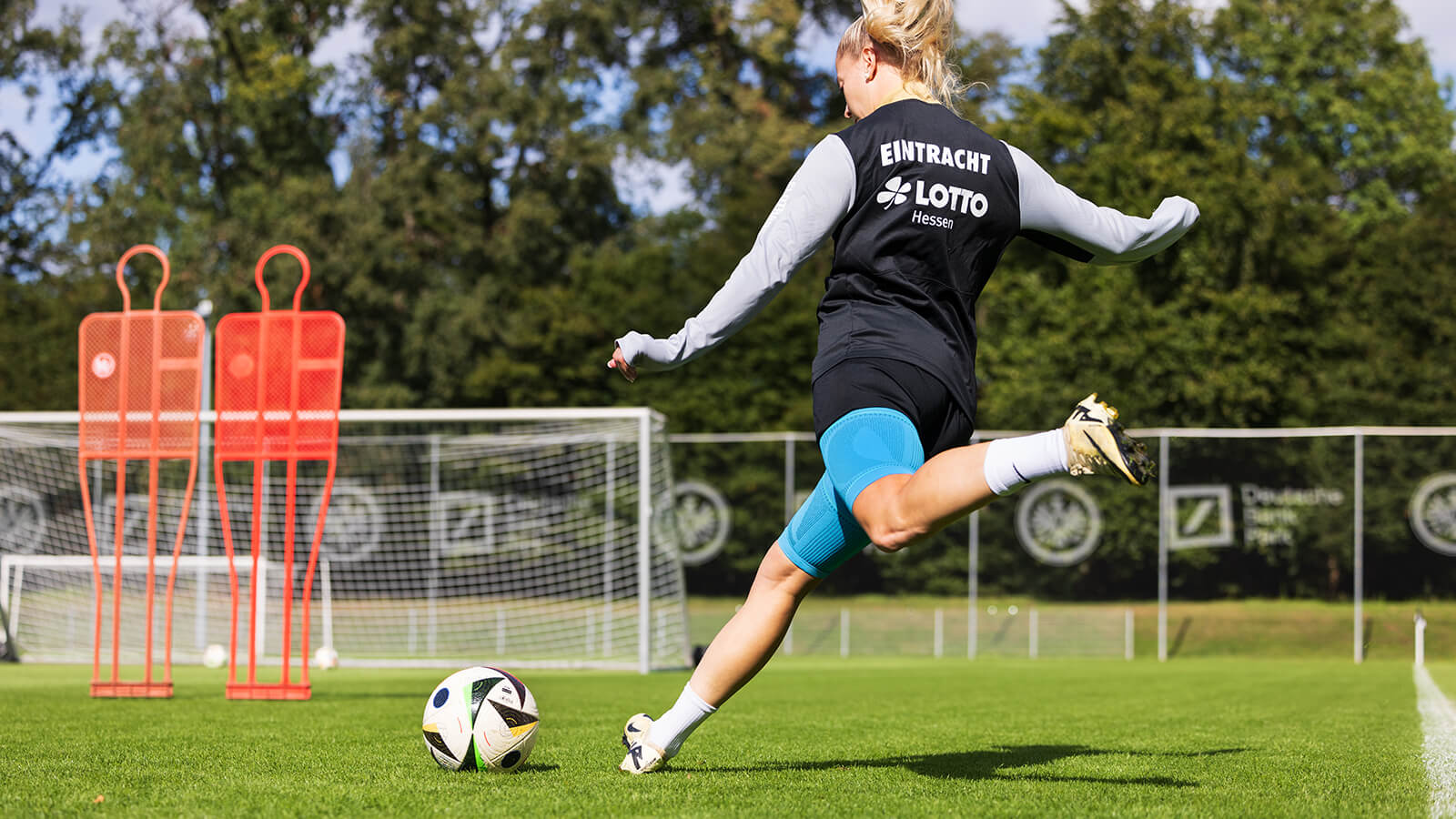
Soccer requires quick, agile movements and long-lasting endurance, leaving players vulnerable to injury. Protecting yourself from pulled muscles, torn ligaments, and sprained joints is vital. In addition to a good stretch and warm-up routine, wearing a quality, medical-grade compression product can give your body the oxygenating circulation and support to avoid common twists, pulls and tears.
Try Bauerfeind products risk-free with our 60-day money-back guarantee.
Knee Braces for Soccer
Ankles Braces for Soccer
MalleoTrain Plus - Ankle Brace
Adjustable taping strap and massage pads provide a plus in stability and comfort
Shoulder & Back Braces for Soccer
OmoTrain - Shoulder Brace
Stabilizes, guides and centers the arm to maintain proper shoulder movement
OmoTrain S - Shoulder Brace
Relieves the shoulder with cross-strap system for all-day wearing comfort
Compression Sleeves for Soccer
Protect Your Knees While Playing Soccer
The knee is the most commonly injured area of the body while playing soccer. Bauerfeind’s Sports Knee Support provides stability and protection against excessive strain and injuries to the muscles and ligaments that support the knee. This knee brace was designed with the needs of the athlete in mind: It is lightweight, breathable and stays in place during your run.
Active Recovery From Knee Injuries
If you are unfortunate enough to experience a knee injury, RICE Therapy is generally regarded as the most effective first-line treatment. Bauerfeind’s line of knee braces and supports provide the “C” (compression) in this treatment. Medical-grade compression increases oxygenating blood flow to the injured joint, which reduces pain, swelling and recovery times.
See for yourself why so many professional athletes and trainers trust Bauerfeind.
Protect Your Ankles While Playing Soccer
Bauerfeind’s Sports Ankle Support and Sports Ankle Support Dynamic both provide stability and medical-grade compression to help protect your ankles from strain and injury. These supports are breathable, machine-washable and fit comfortably inside running shoes.
Recover From An Ankle Injury
Ankle sprains and Achilles tendonitis are two of the most common soccer injuries, but they don’t have to take you off your feet for good. Health care professionals often suggest wearing a medical-grade compression brace or support as part of RICE Therapy for injury recovery. Bauerfeind’s MalleoTrain ankle brace and AchilloTrain Achilles tendonitis brace offer several options for targeting and treating specific ankle injuries. These ankle braces are machine washable, moisture-wicking and made to fit comfortably into athletic shoes – making them perfect for those consistently on their feet.
What are the most common soccer injuries?
Some of the most common soccer injuries are patellofemoral pain syndrome (runner's knee), ACL injuries, hamstring pull/tear/strain, ankle sprain, shin splints, Achilles tendonitis, iliotibial band syndrome (ITBS) and plantar fasciitis.
Do I need a knee brace for soccer?
If you’ve ever suffered a knee injury, our physical therapist recommends wearing a knee brace or support during sports or exercise. Medical-grade compression found in Bauerfeind’s Knee Braces provides stability and oxygenating blood flow to the knee joint to reduce pain, inflammation and recovery times.
If you’ve never had a knee injury, you may still want to consider an athletic brace like the Bauerfeind Sports Knee Support to help protect your knee against excessive strain while playing soccer.
How do you prevent a pulled groin or hamstring during soccer?
Pulling a muscle in your upper leg is very common in soccer. While there is no guaranteed method for preventing these injuries, a good warm-up regimen, limiting training increases to 10% per week and wearing a compression sleeve or support can help reduce your risk. At the first sign of pain, you should reduce your training and increase your rest to give your body time to heal.
This information is provided for general information purposes and should not be relied on as a substitute for medical advice, evaluation or care from a qualified and licensed health care provider. The information contained here is not to be considered a plan of care of physical therapy.


